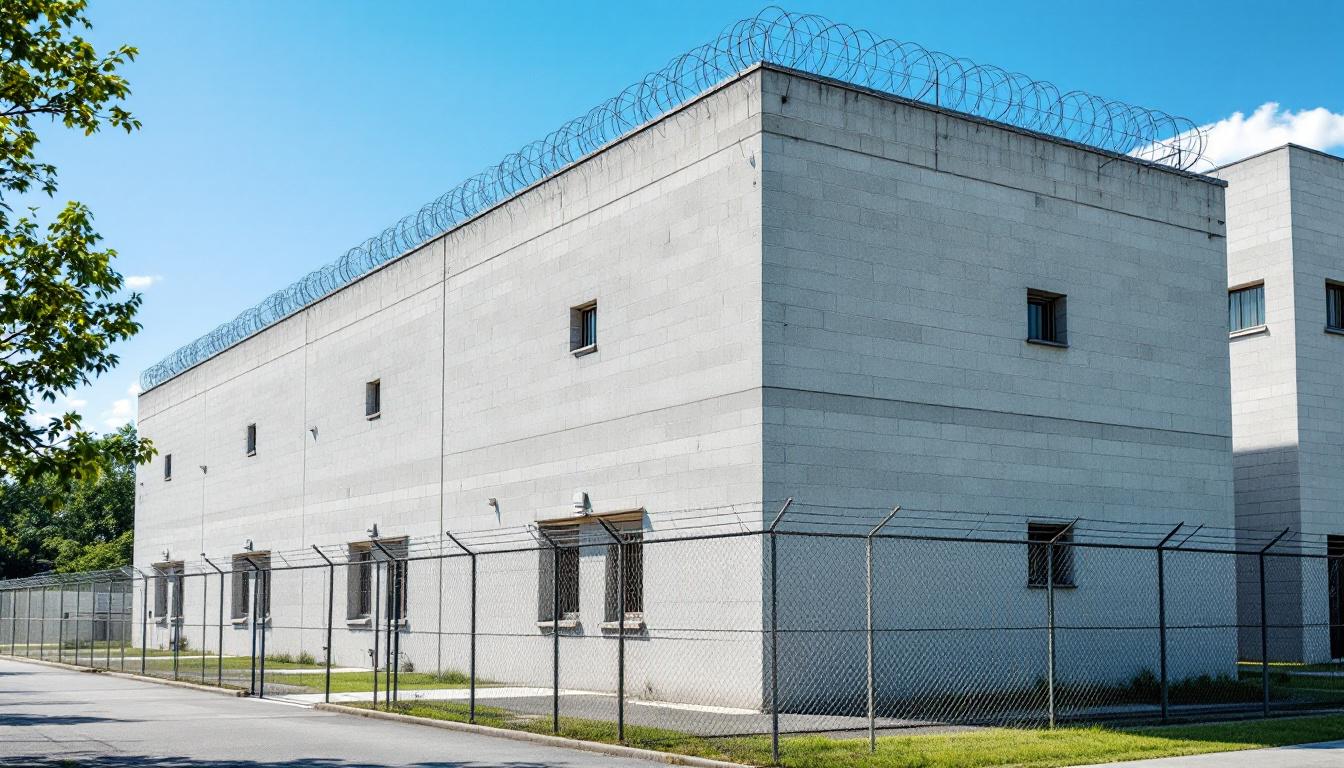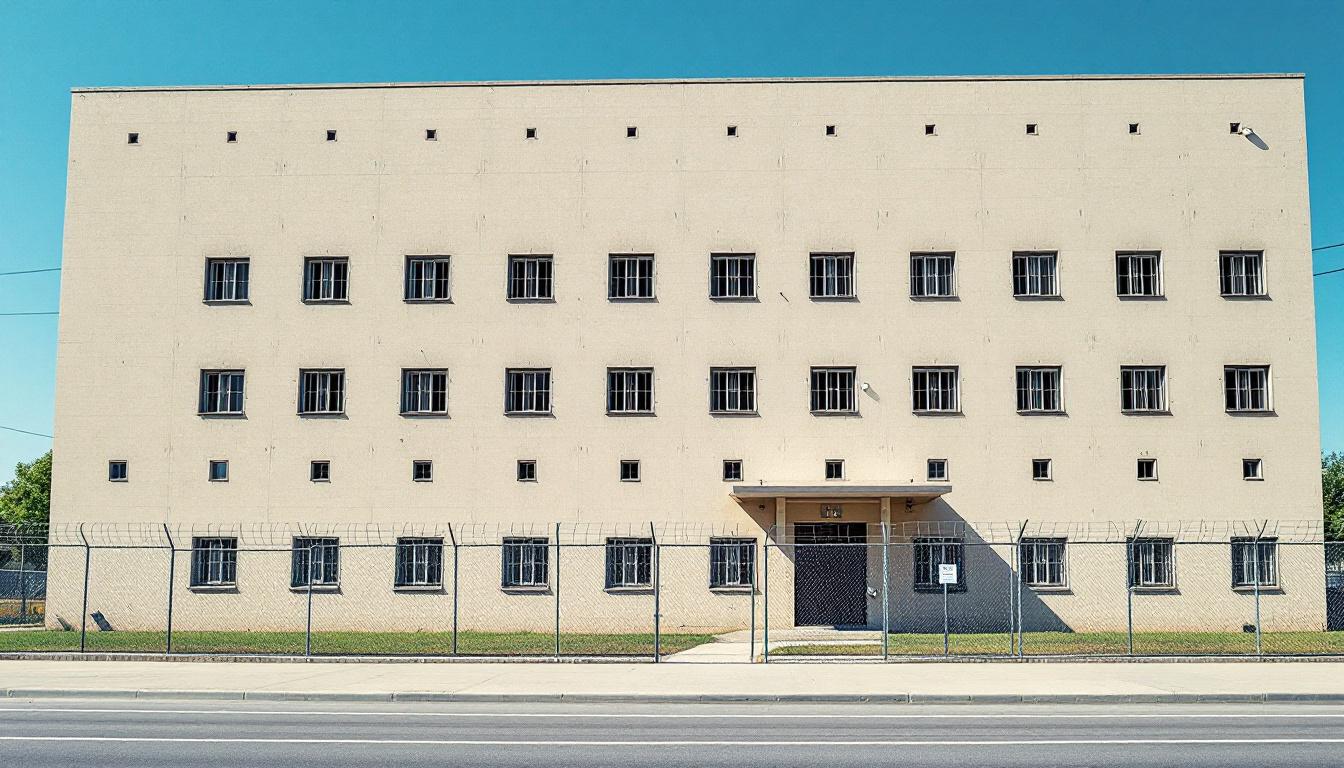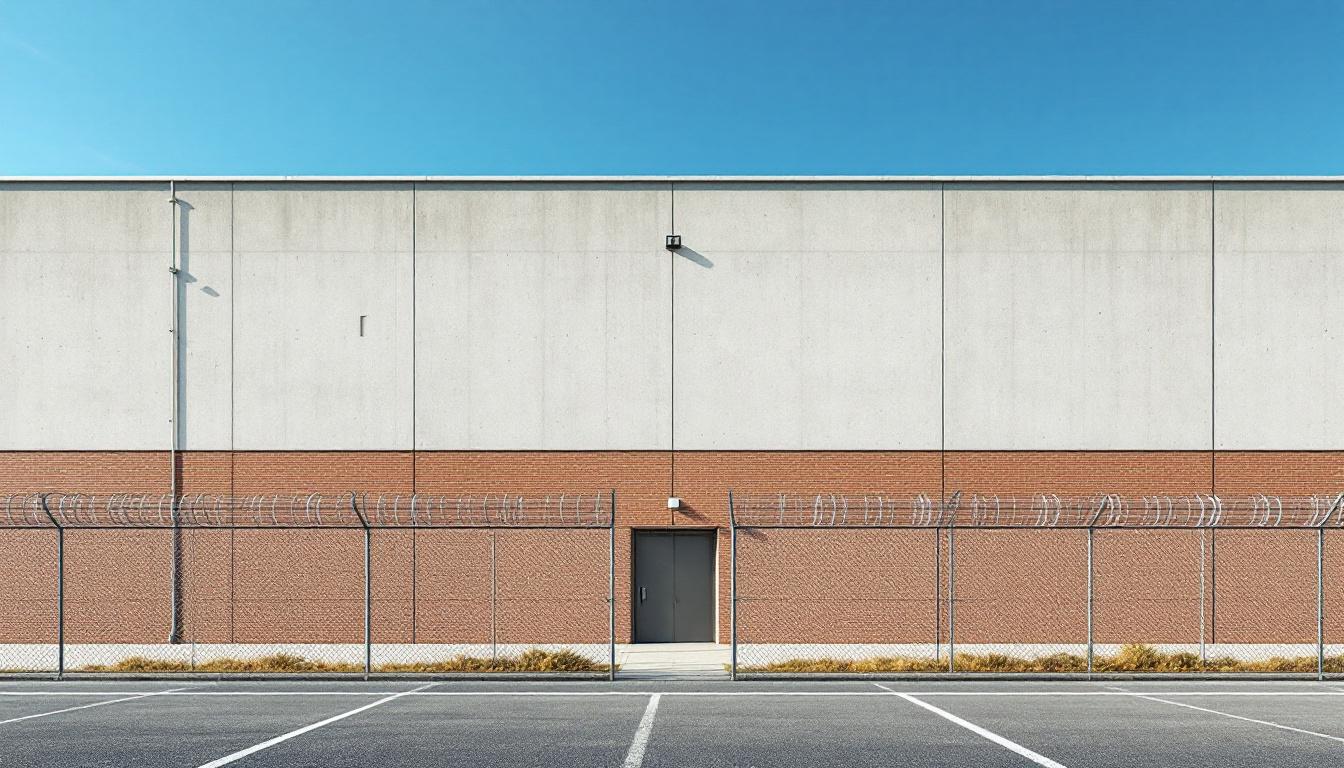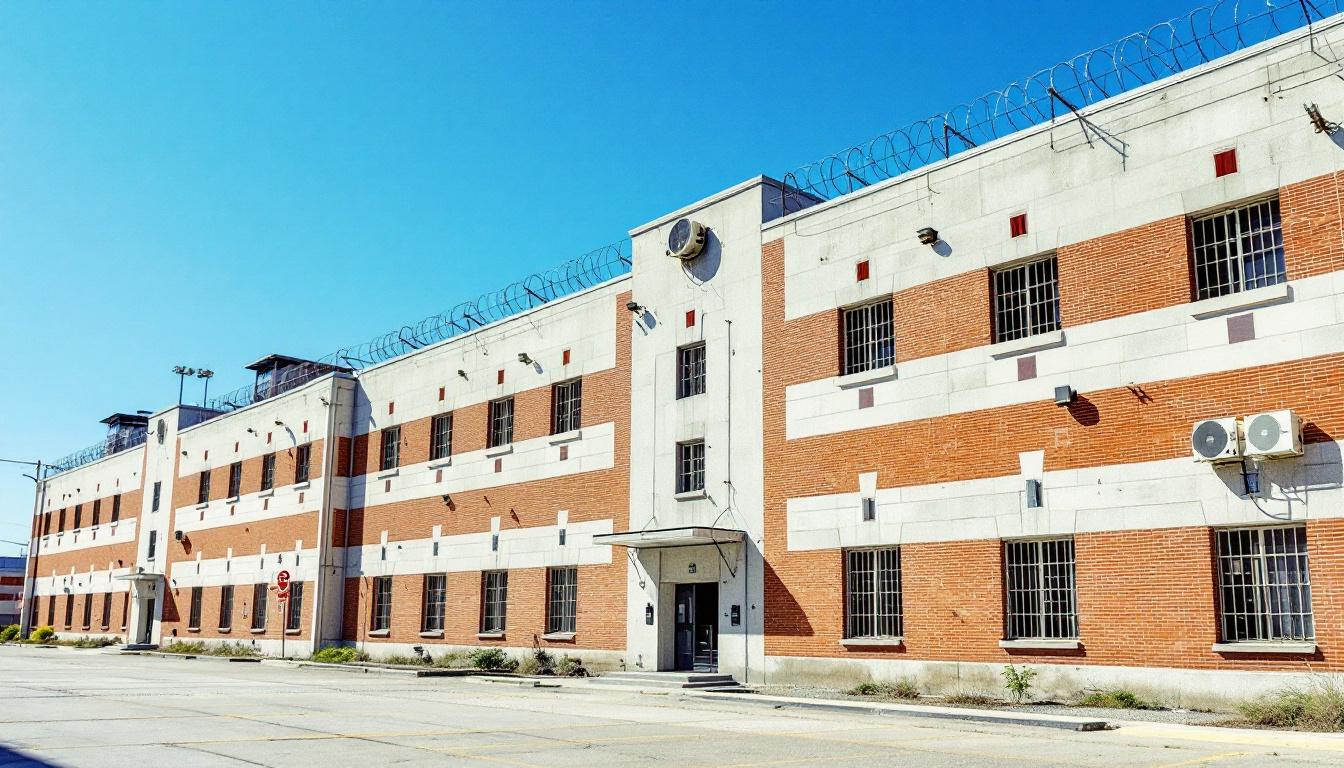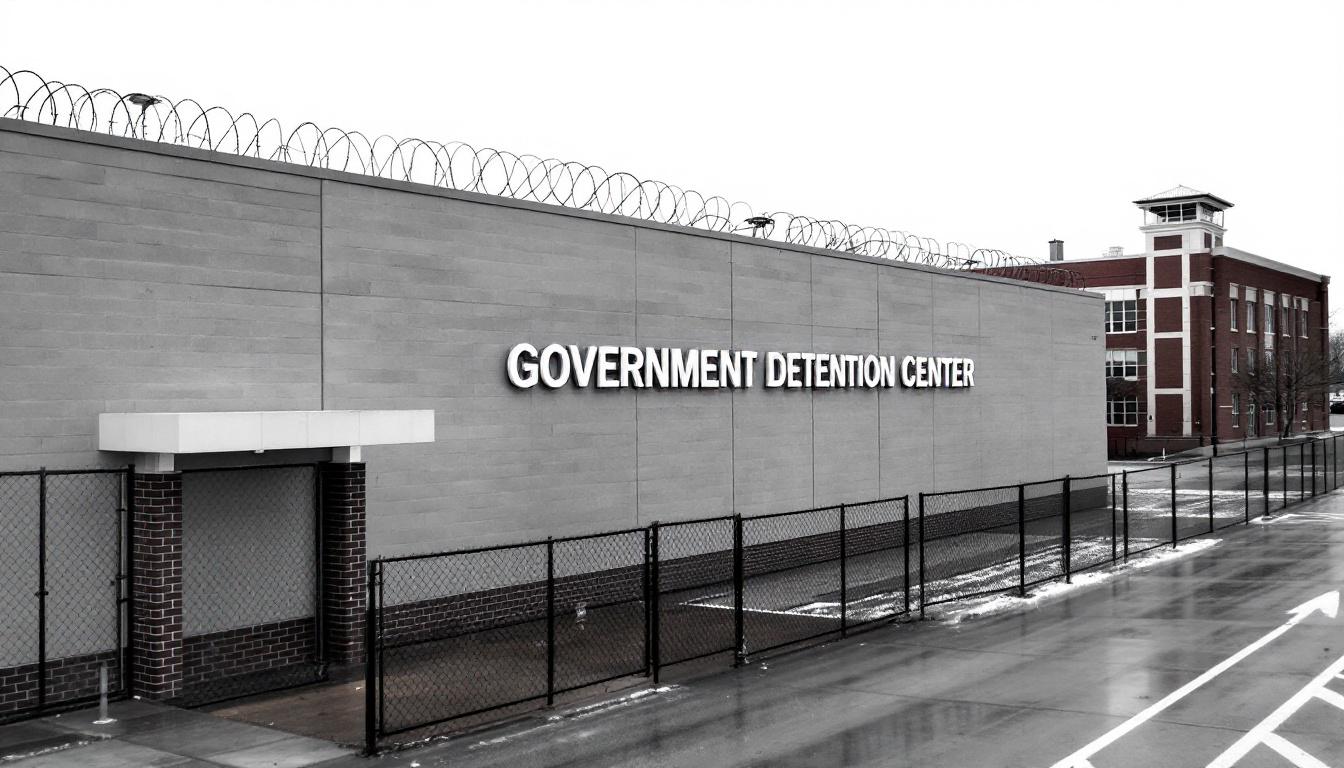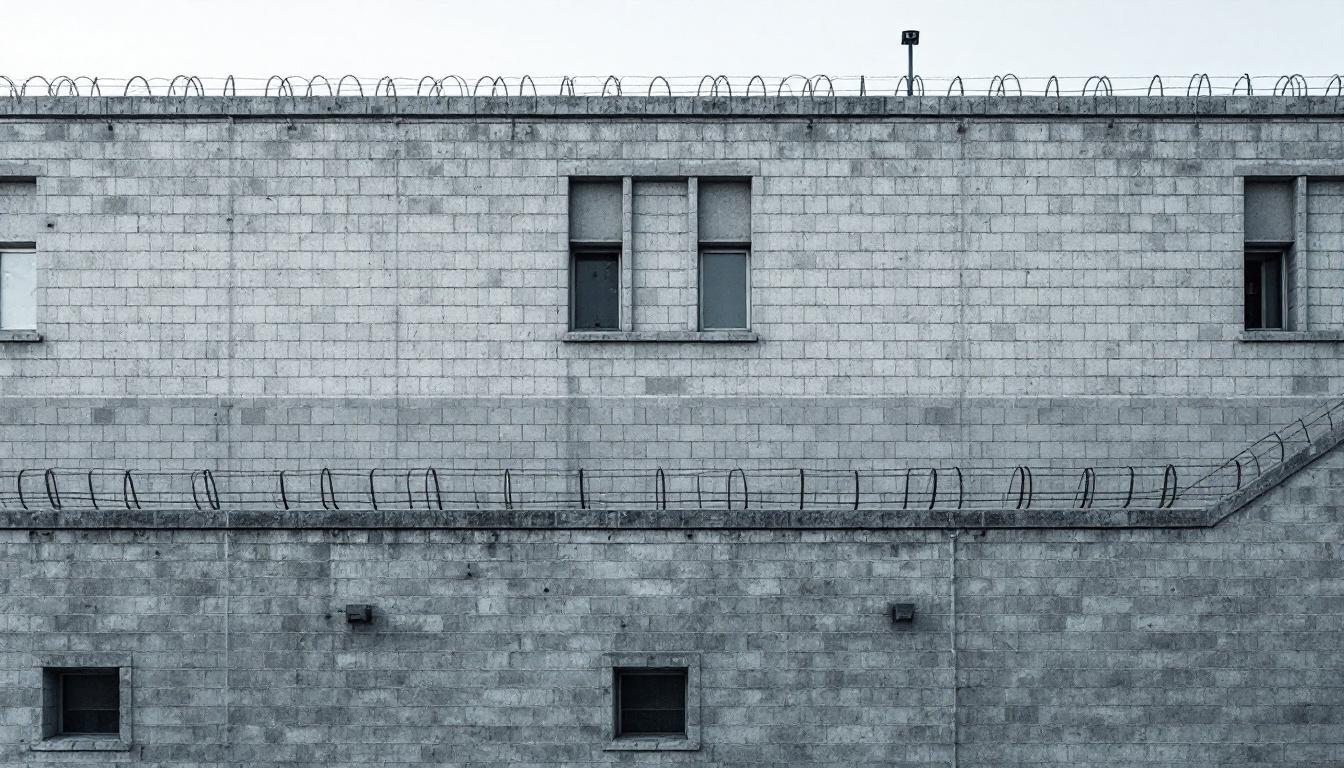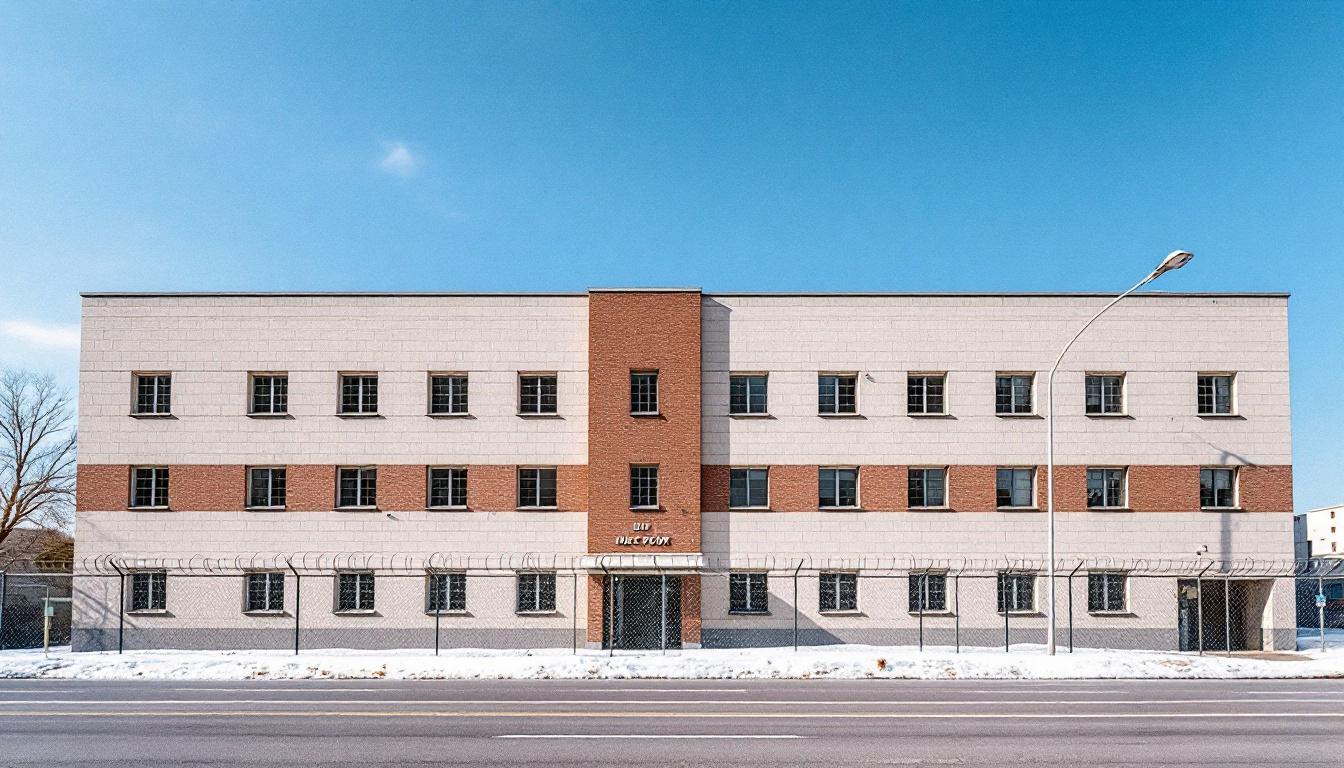
Quick Navigation
How to contact an inmate at Brown County WI Sheriff's Department - Jail Division
This comprehensive guide will walk you through how to connect with an inmate at Brown County WI Sheriff's Department - Jail Division. Follow the steps below to find an inmate and send letters and photos:
- Search for the inmate using our search tool below
- Create your account or log in to Penmate
- Write your message (up to 6,000 characters)
- Send instantly - inmates receive printed copies daily
Find an Inmate
Search for an inmate to start communicating today
Tip: You can search by first name, last name, or inmate ID number
To contact a person at Brown County WI Sheriff's Department - Jail Division start by searching for the person on the official facility website. Perform a search by following these steps:
- Step 1: Enter their first name and last name into the search form and click "Search"
- Step 2: Locate their inmate record
- Step 3: Write down their Inmate ID and any housing information provided
Important! Be sure to enter the person's full name. Nicknames should not be used.
How to Send Messages to Inmates

You can use your phone or computer to send emails, letters, and photos to an inmate. Messages are sent electronically to inmate tablets or kiosks at the facility. If you would like to send a message, start by searching for an inmate at Brown County WI Sheriff's Department - Jail Division.
Sending Photos and Postcards

A great way to send love and support to a loved one at Brown County WI Sheriff's Department - Jail Division is to send photos and postcards. It only takes a few minutes to send photos from your phone and it makes a huge difference. You can also mail postcards with words of support and inspiration, or design your own postcard for special moments like birthdays and holidays.
Important! Be sure not to send any explicit photos or they may not be approved by the facility. You can also use a photo printing app like Penmate to make sure your photos are printed at the correct size (4x6 or 3x5) and are mailed according to the rules and regulations of Brown County WI Sheriff's Department - Jail Division.
Frequently asked questions about Brown County WI Sheriff's Department - Jail Division
-
How long does it take to deliver a message?
If you're sending an email message your letter is usually delivered within 24-48 hours. For messages sent via mail you should expect delivery within 3-7 days. All messages will need be approved by Brown County WI Sheriff's Department - Jail Division.
-
How much does it cost to send a message to Brown County WI Sheriff's Department - Jail Division?
You can send a message free using your phone or mail a message via USPS for the price of a $0.60 stamp and envelope. You can also purchase credits or e-stamps from services starting at $1.99.
-
What services can I use to contact an inmate at Brown County WI Sheriff's Department - Jail Division?
Penmate
You can use Penmate to send letters and photos to an inmate from your phone. It's an easy way to stay in touch during your loved one's incarceration. Use the inmate locator to find an inmate's location and contact information, then you can send messages within a few minutes.
Securus messaging
Securus may be another option for communicating with an inmate at Brown County WI Sheriff's Department - Jail Division. You can create a friends and family account and purchase credits to send messages. All messages will be reviewed and must be approved by the facility.
JPay
Some county jails and state prisons may support sending messages with JPay. You must register an account with the system, find your loved one, and purchase stamps to send messages. For some locations you can also attach photos.
Smart Jail Mail
You may also check if Smart Jail Mail is available at Brown County WI Sheriff's Department - Jail Division. Smart Jail Mail is operated by Smart Communications and has contracted with some state and county jails. After purchasing credits, your messages and photos are sent to the facility, printed out, and then handed out to your loved one.
-
What is the mailing address of Brown County WI Sheriff's Department - Jail Division?
Mailing address:
Brown County WI Sheriff's Department - Jail Division
3030 Curry Ln
Green Bay, WI 54311
Phone: (920) 448-4250 -
What are the visiting hours at Brown County WI Sheriff's Department - Jail Division?
Visiting hours at Brown County WI Sheriff's Department - Jail Division vary by housing unit and security level. Generally, visits are scheduled on weekends and holidays, with some facilities offering weekday visits. Contact the facility directly at (920) 448-4250 or check their website for the current visiting schedule. Visits typically last 30-60 minutes and must be scheduled in advance.
-
What items are prohibited when sending mail to Brown County WI Sheriff's Department - Jail Division?
Prohibited items typically include: cash, personal checks, stamps, stickers, glitter, glue, tape, staples, paperclips, polaroid photos, musical or blank greeting cards, hardcover books, magazines with staples, and any items containing metal or electronics. Only send letters on plain white paper with blue or black ink. Photos must be printed on regular photo paper (no Polaroids). Always check with Brown County WI Sheriff's Department - Jail Division for their specific mail policies.
-
How do I send money to an inmate at Brown County WI Sheriff's Department - Jail Division?
You can send money to an inmate at Brown County WI Sheriff's Department - Jail Division through several methods: 1) Online using JPay, Access Corrections, or the facility's approved vendor, 2) Money orders mailed directly to the facility with the inmate's name and ID number, 3) Kiosks located in the facility lobby, or 4) Over the phone using a credit or debit card. Fees vary by method, typically ranging from $2.95 to $11.95 per transaction.
-
Can I schedule a video visit with an inmate at Brown County WI Sheriff's Department - Jail Division?
Many facilities now offer video visitation as an alternative to in-person visits. At Brown County WI Sheriff's Department - Jail Division, video visits may be available through services like Penmate, Securus Video Connect, GTL, or ICSolutions. Video visits typically cost $10-20 for 20-30 minutes and must be scheduled in advance. You'll need a computer or smartphone with a camera and reliable internet connection. Contact the facility for their specific video visitation policies and approved vendors.
-
What identification do I need to visit an inmate at Brown County WI Sheriff's Department - Jail Division?
All visitors must present valid government-issued photo identification such as a driver's license, state ID, passport, or military ID. Minors must be accompanied by a parent or legal guardian who can provide the minor's birth certificate. Some facilities require visitors to be on the inmate's approved visitation list, which may require a background check. Contact Brown County WI Sheriff's Department - Jail Division for specific ID requirements and visitor approval procedures.
-
How can I find out an inmate's release date?
To find an inmate's release date at Brown County WI Sheriff's Department - Jail Division, you can: 1) Use the online inmate search tool if available, 2) Call the facility's records department, 3) Contact the inmate's case manager or counselor, or 4) Have the inmate provide this information during a call or visit. For privacy reasons, some facilities only release this information to immediate family members.
Facility Overview
Contact Information
Brown County WI Sheriff's Department - Jail Division3030 Curry Ln
Green Bay, WI 54311
Phone: (920) 448-4250
Official Website

About Brown County WI Sheriff's Department - Jail Division
County jails serve as crucial bridges between arrest and resolution, handling pre-trial detention while connecting individuals to essential services that support both accountability and community safety. The Brown County Jail in Lebanon, WI exemplifies this collaborative approach, working within Wisconsin's broader correctional framework to address the population services needs of both detainees and their families during challenging circumstances.
Located in Lebanon, this WI correctional facility typically operates through partnerships with local organizations, courts, and social service agencies to provide comprehensive support during the detention process. The facility generally offers essential services that may include medical care, mental health resources, and educational opportunities, while maintaining connections to community-based programs that can assist with reintegration planning. Family visitation and communication services are often prioritized to help maintain important relationships during this difficult time.
The collaborative nature of modern county jail operations means that Brown County Jail likely works alongside various community partners to address underlying issues that contribute to involvement in the justice system. This approach may include coordination with substance abuse treatment providers, employment assistance programs, and housing resources that can support successful transitions back to the community. Through these partnerships, the facility aims to serve not just as a place of detention, but as a connection point to resources that can help break cycles of reoffending while keeping the broader Lebanon community safe.
Programs & Services
Comprehensive support reaches the population through carefully designed programs that address multiple aspects of personal development and successful community reintegration. The facility typically emphasizes a holistic approach to rehabilitation, recognizing that meaningful change often requires addressing educational gaps, developing practical skills, and building cognitive tools for better decision-making. These programs may supply structured pathways for individuals to strengthen their foundations while preparing for their eventual return to family and community life.
Educational services form a cornerstone of the supportive programming, with literacy programs helping participants develop fundamental reading and writing skills essential for future success. Job readiness training often includes practical workshops that teach resume writing, interview techniques, and workplace communication skills. Moreover, vocational programs may supply hands-on learning opportunities that allow the population to develop marketable skills in various trades and technical fields.
Support services extend beyond basic skill-building to include cognitive interventions that help participants develop better problem-solving and decision-making abilities. The facility often includes specialized programming such as electrical work training, which provides practical vocational skills while building confidence and work ethic. These therapeutic and educational programs typically work together to create a comprehensive support system that addresses both immediate needs and long-term goals for successful reintegration into the community.
Daily Life & Visitation
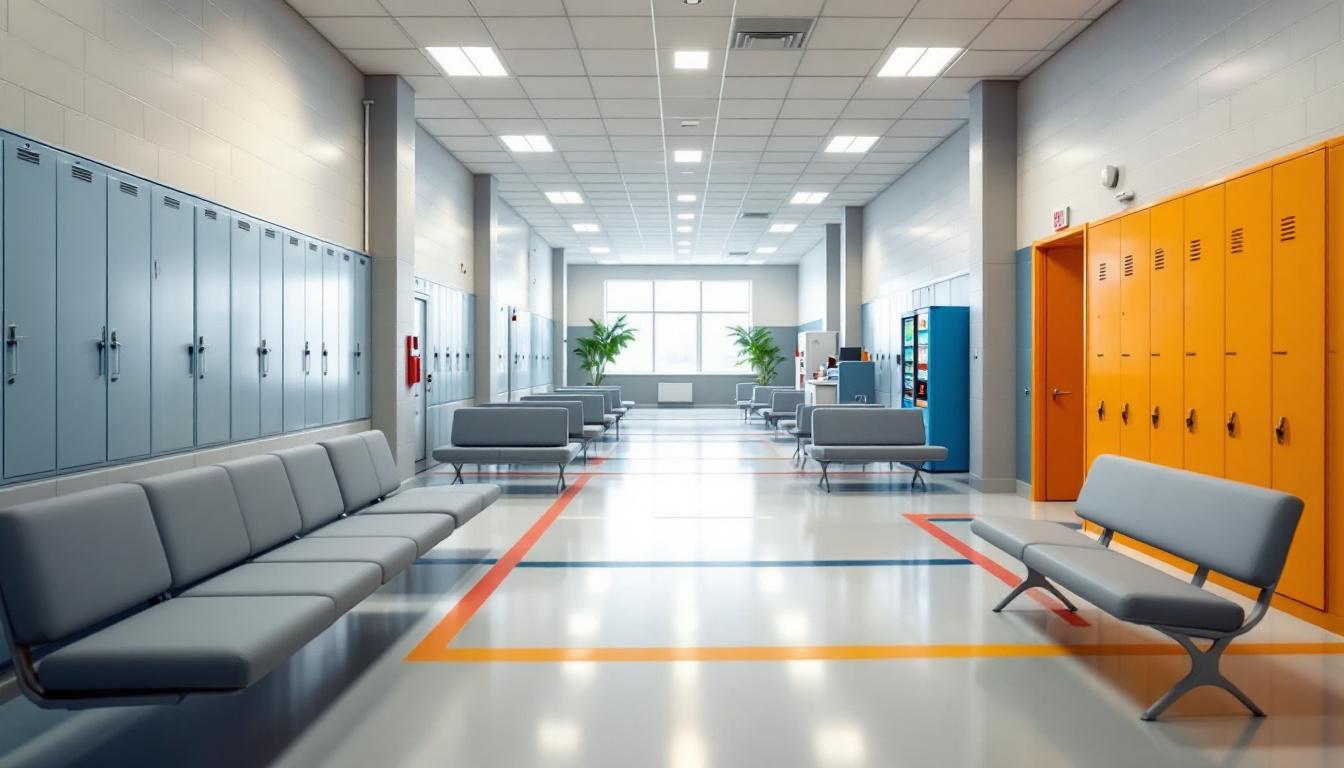
Organizational frameworks actively shape every aspect of daily operations, with structured schedules providing predictability for the population. At present, residents follow established routines that typically begin with early morning counts and meal service, followed by work assignments, programming activities, and recreational periods. The facility actively maintains order through consistent scheduling that balances security requirements with opportunities for personal development and rehabilitation.
Housing arrangements generally consist of dormitory-style units and individual cells, depending on classification levels and available space. The population typically shares common areas for dining and recreation, whereas individual accommodations may vary based on security considerations and behavioral status. Meals are usually served at designated times in central dining areas, with the facility providing three meals daily that meet nutritional standards. Personal property allowances typically include basic hygiene items and limited personal belongings, while commissary services generally offer additional food items and supplies for purchase.
Moreover, structured programming schedules supply educational opportunities, substance abuse counseling, and vocational training that help prepare residents for reintegration. Recreation periods usually include access to television, reading materials, and physical exercise opportunities within designated areas. Family connections remain important through visitation programs that typically occur on scheduled days, along with telephone privileges and mail correspondence. Work assignments often include kitchen duties, facility maintenance, and laundry services, providing the population with productive activities while supporting daily operations. These various elements work together to create a structured environment that balances security needs with opportunities for personal growth and family contact.
Ready to Connect?
Start communicating with your loved one today
Search for an Inmate
